
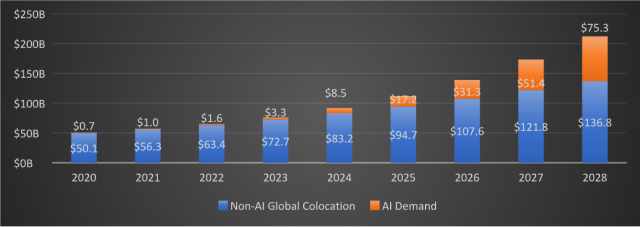
Training facilities are notably less latency dependent than traditional data centers, so site selection can be adapted as it is less latency sensitive compared to cloud deployments. However, inference facilities will remain proximal to cloud regions, which for Korea are primarily within the Greater Seoul Area.
The design of data centers has been forced to change to remain relevant with today’s technological shifts. Rack densities are increasing with the new requirements, as well as the intensity and sophistication of cooling technologies. Globally, average server rack density ranged from 5 to 30 kw / rack in 2021, however by 2025 it is to range from 30 to 120 kw / rack. Therefore, it is imperative that data center design plans for future scenarios with regards to rack density, ability to cool, to ensure it can serve its customers.
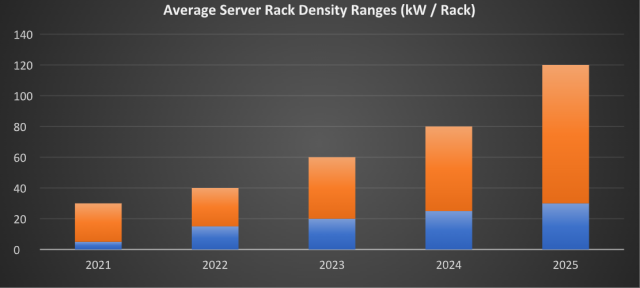
He added, "It also enables us to reduce water usage by over 80 percent compared to traditional data centers. Additionally, we are introducing various solutions like BIPV (Building Integrated Photovoltaics) to further conserve energy across the entire facility. Our goal is to operate the most efficient AI-ready data centre in Korea, aligned with world-class energy efficiency standards while helping our customers meet their sustainability goals as well."
"The colocation data center market in South Korea continues to show steady growth, driven in particular by the expansion of cloud services and the acceleration of digital transformation," said John Pritchard, head of tenant advisory group, global services at Cushman & Wakefield Korea. "As global IT companies and domestic conglomerates pursue data center expansion, the demand for high-performance computing (HPC) workloads, such as AI, is also increasing, further accelerating the demand for infrastructure."
AI demand, in particular, requires GPU-based servers and high-bandwidth network infrastructure, making the design and operational capabilities of data centers that support this infrastructure a key factor for market competitiveness. I believe Empyrion Digital's KR1 GDC is one of the centers well-prepared for this growing AI demand, and with the enactment of the Special Act on Distributed Energy Activation making it difficult to secure power in Seoul metropolitan area, this center is a solid option to consider."
-------------------------------------------------------------------------------------------------------------------------
This article was contributed by John Pritchard, head of tenant advisory group, global services at Cushman & Wakefield Korea.
Copyright ⓒ Aju Press All rights reserved.

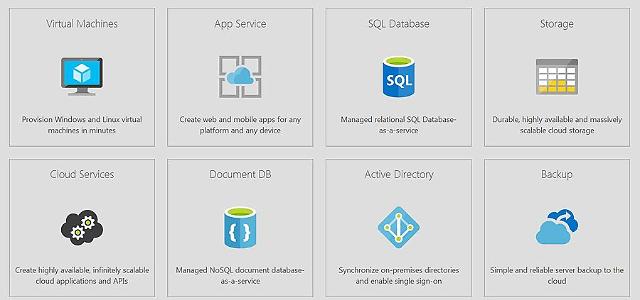
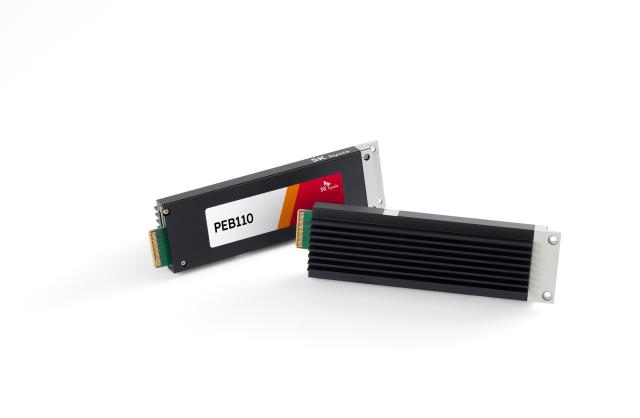
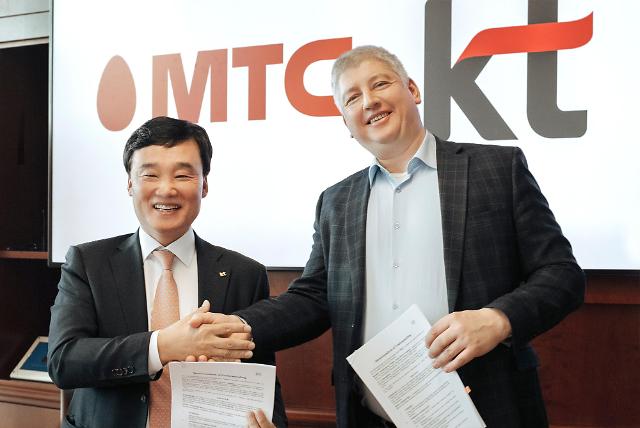
View more comments